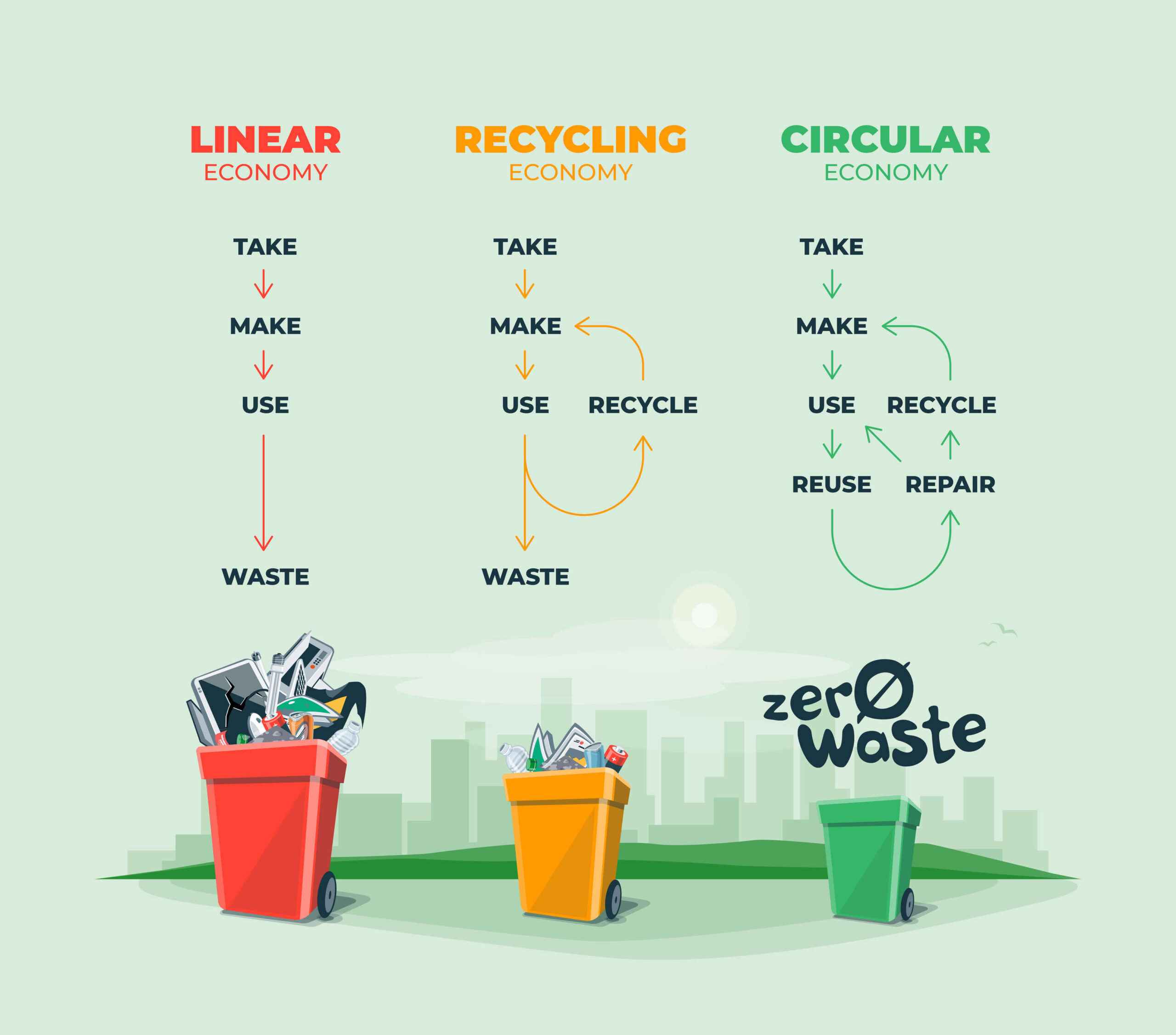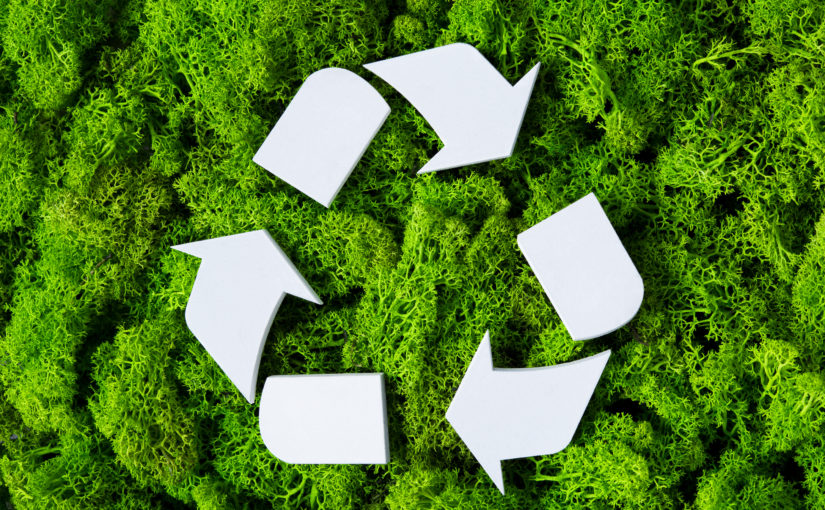Exploring Various Sorts Of Waste in Modern Waste Administration Solution
The modern landscape of waste monitoring entails browsing a complex selection of waste types, each needing specialized handling and disposal methods to mitigate environmental influences. Metropolitan strong waste, contaminated materials, digital waste, and natural waste each present distinctive challenges and chances for source healing. Innovative options such as smart waste bins and waste-to-energy technologies are becoming essential tools in enhancing efficiency and sustainability. Understanding these waste types is necessary for promoting public awareness and encouraging active engagement in sustainable practices. What approaches can effectively attend to these different sorts of waste while advertising a circular economic climate?
Local Solid Waste
Municipal solid waste, frequently described as household trash or waste, encompasses a variety of disposed of materials generated by residential, industrial, and institutional resources within a municipality. This waste stream commonly includes things such as product packaging, food scraps, lawn trimmings, paper, plastics, textiles, and disposed of family goods. The management of community strong waste is an essential part of metropolitan preparation and public wellness, demanding reliable collection, transport, and disposal systems.
Efficient waste management systems are created to minimize environmental effect while maximizing resource recuperation. Composting natural waste, such as food scraps and lawn trimmings, not just reduces land fill use however likewise produces beneficial dirt modifications.
Communities need to likewise deal with the logistical and economic obstacles connected with waste administration. Executing pay-as-you-throw systems, improving public awareness, and investing in modern technology can dramatically improve waste diversion rates. By integrating these methods, municipalities can cultivate sustainable communities, reduce greenhouse gas discharges, and preserve natural deposits.
Contaminated Materials

Efficient hazardous waste administration involves several crucial actions: recognition, segregation, therapy, and disposal. Segregation makes certain that unsafe products are kept independently from non-hazardous waste to protect against cross-contamination.
Regulatory structures, such as the Source Conservation and Healing Act (RCRA) in the USA, provide standards and requirements for contaminated materials monitoring. Adherence to these regulations, coupled with innovations in waste treatment innovations, is vital in minimizing the threats related to unsafe waste.
Electronic Waste
Electronic waste, generally described as e-waste, stands for a swiftly growing obstacle in waste monitoring systems worldwide. This kind of waste encompasses disposed of electronic devices and equipment such as smart devices, computer systems, televisions, and other digital appliances. The quick speed of technological advancement, coupled with lowering product lifespans and consumer demand for the most up to date gadgets, has exponentially raised the quantity of e-waste produced each year.
E-waste is particularly troublesome as a result of its intricate structure, commonly including dangerous compounds like mercury, cadmium, and lead, which posture considerable environmental and health risks otherwise effectively taken care of. Conversely, e-waste also consists of beneficial products such as copper, silver, and gold, which can be recuperated and recycled. The double nature of e-waste-- both valuable and harmful-- necessitates specific handling, reusing, and disposal procedures.
Effective e-waste monitoring includes stringent regulatory structures, durable collection systems, and advanced reusing modern technologies. Public understanding and engagement are important, as improper disposal practices, such as illegal discarding and informal recycling, aggravate environmental contamination and carcinogen. Consequently, improving e-waste management techniques is essential for alleviating ecological impact and recouping useful sources in a significantly digital globe.

Organic Waste
Organic waste, consisting of kitchen scraps, yard trimmings, and farming deposits, represents a considerable part of the international waste stream. This type of waste is eco-friendly, meaning it can be broken down by microorganisms right into less complex natural compounds. Regardless of its capacity for all-natural decay, incorrect monitoring of natural waste can cause adverse environmental effects, consisting of the emission of greenhouse gases such as methane, which add to climate change.
Reliable management of natural waste is critical for reducing these environmental effects (recycling lives services). Composting is a commonly adopted method, transforming natural waste into nutrient-rich garden compost that can enhance dirt health and wellness and farming performance. Additionally, anaerobic digestion is an emerging technology that transforms organic waste right into biogas, a renewable resource resource, and digestate, this page which can be used as plant food
Municipalities and waste monitoring entities have to implement robust natural waste collection and treatment programs to make the most of the benefits of these procedures. Public education projects can likewise play a crucial function in encouraging households and businesses to different natural waste from other sorts of waste. By focusing on the administration of natural waste, cultures can minimize landfill use, lower greenhouse gas exhausts, and develop useful by-products for agricultural use.

Ingenious Waste Management
In the world of waste management, innovative approaches are transforming how societies handle their refuse, aiming for sustainability and efficiency. One prominent advancement is the execution of clever waste bins geared up with sensors that monitor fill degrees and optimize collection paths.
Another noteworthy development is the fostering of waste-to-energy (WtE) modern technologies. By transforming non-recyclable waste right into usable energy with procedures such as incineration and anaerobic food digestion, WtE reduces landfill worry and gives a sustainable energy source. Advancements in chemical recycling permit for the failure of intricate plastics into their initial monomers, enabling the production of new, premium plastic items.
In addition, the circular economy version is getting grip, stressing the layout of items and systems that focus on reusability and resource performance. This all natural approach encourages markets to lessen waste generation from the beginning. Via these innovative methods, contemporary waste monitoring systems are not just resolving the instant obstacles of garbage disposal yet likewise leading the way for a more sustainable future.
Conclusion
An extensive understanding of metropolitan solid waste, unsafe waste, electronic waste, and natural waste, coupled with the implementation of cutting-edge waste administration remedies, is essential for mitigating ecological impacts. Incorporating technologies such as smart waste containers and waste-to-energy systems can enhance performance and sustainability. Effective waste administration methods not only foster source healing however additionally promote public recognition and involvement, inevitably adding to the development of a circular economic climate.
The modern landscape of waste administration entails browsing a complicated range of waste continue reading this kinds, each needing specialized handling and disposal approaches to alleviate ecological effects. Local strong waste, harmful waste, electronic waste, and natural waste each existing distinctive difficulties and possibilities for source healing.Electronic waste, typically referred to as e-waste, stands for a rapidly expanding difficulty in waste monitoring systems globally. With these innovative techniques, contemporary waste monitoring systems are not only have a peek at this website attending to the prompt obstacles of waste disposal but also paving the means for a more sustainable future.
A thorough understanding of municipal strong waste, unsafe waste, electronic waste, and organic waste, paired with the application of innovative waste administration remedies, is necessary for alleviating ecological influences. (recycling lives services)